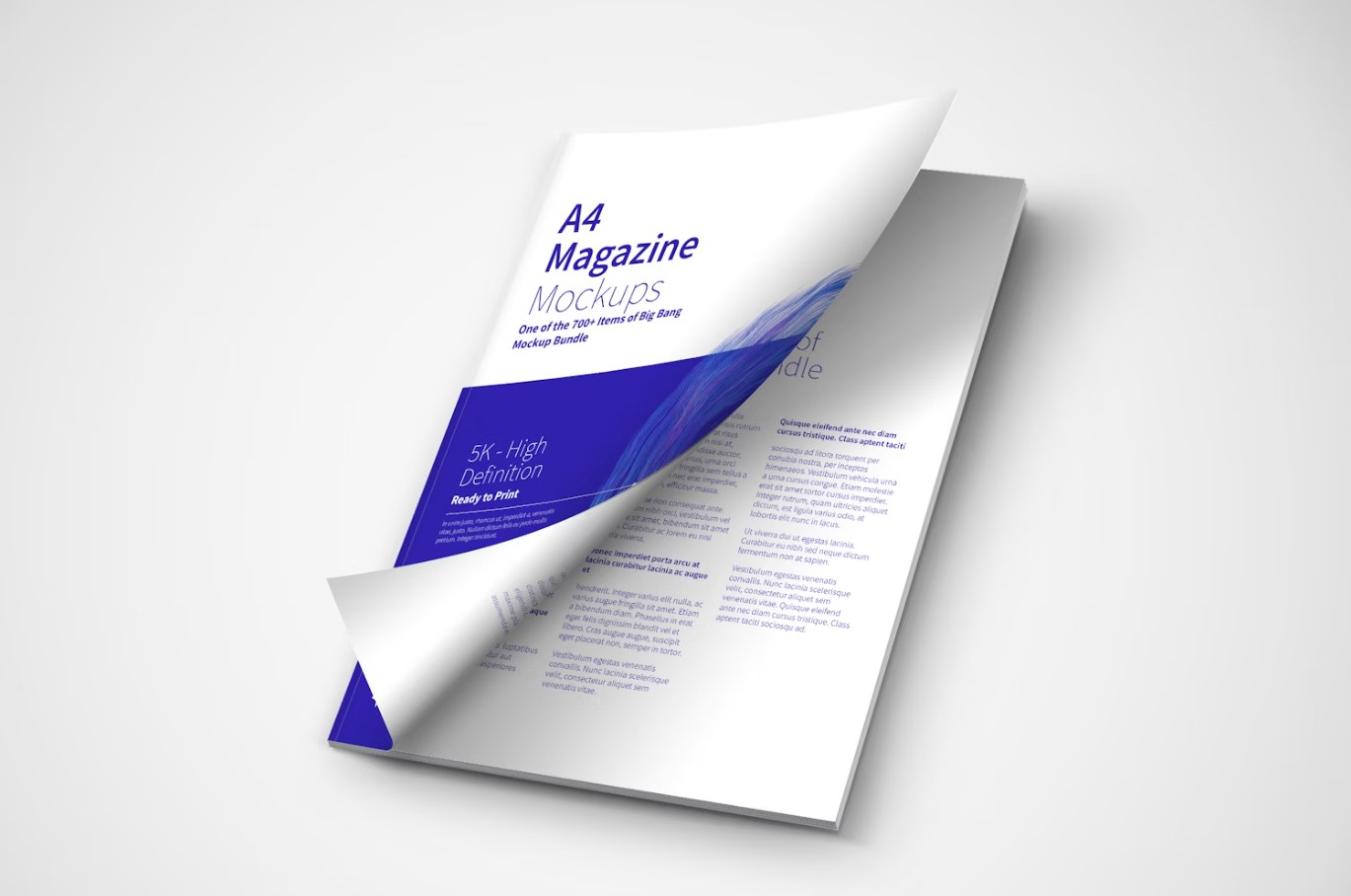-
×

-
×

-
×

-
×

-
×

جمع جزء: تومان 1,071,900






نقد و بررسیها
هنوز بررسیای ثبت نشده است.